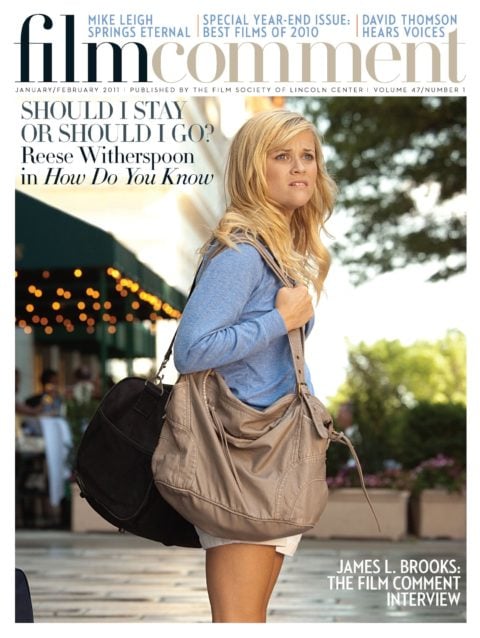
Hovering somewhere between ghost story and fairy tale, the 30th feature by the indefatigable Manoel de Oliveira is a beguiling meditation on the ontological and illusionist powers of cinema. The Strange Case of Angelica tells the story of a young Jewish photographer summoned late one stormy night to take a final, postmortem portrait of the eponymous aristocratic maiden whose sudden death has left her lying in mysteriously blissful repose in her ancestral mansion high on a hill outside of town, a knowing Mona Lisa smile suspended enigmatically across her face. As he looks through his camera’s rangefinder to capture a last memento mori, the Sleeping Beauty suddenly opens her eyes, pulled back from death by the photographic kisses of her Prince Charming. He recoils only to find that Angelica’s waking gesture was revealed to him alone, a private vision seen solely through his camera—although, of course, also seen by us, the viewers. What secret does Angelica long to share and why has she chosen this young man? And, more importantly, is she real or an illusion?
Gently refusing any clear answers to these questions, Oliveira instead offers Angelica’s exquisite corpse as a beguiling emblem of the simultaneous embrace of realism and magic that has animated and defined the cinema since its earliest years. Like the Surrealists, Oliveira understands the cinema as, to borrow the title from another of his late films, a “magic mirror” in which the real and the fantastic are mutually dependent upon one another, as tightly intertwined within the same image as they are in the printed photograph of Angelica, whose eyes continue to flutter longingly at the photographer. Among the most openly fantastical moments in all of Oliveira’s vast oeuvre are those of the photographer’s recurrent dream that he is flying through the night sky with Angelica in his arms. Rapturous black-and-white sequences without dialogue, the dreams are silent films whose fervent artificiality and ecstatic magic clearly evoke Méliès. Oliveira’s first use of 21st-century digital technology paradoxically marks a return to the origins of cinema with the special effects trembling with a handcrafted sincerity and shimmering sense of wonder—a reminder of Oliveira’s status, at the miraculous age of 102, as the only still-active director to have worked in the silent cinema and to have experienced firsthand the age of Murnau and Borzage.
Yet these “flights” of pure fantasy are also firmly tethered to a strong Lumière impulse and counterargument that runs insistently throughout Angelica, expressed most powerfully in the photographer’s sudden urge to shoot a series of portraits of workers breaking soil in the hilly vineyards outside his studio window. As his dreams of flight with Angelica become increasingly vivid, the real world grows dim, sad, and slow, and the photographer turns desperately to labor, the quintessential realist subject and, of course, the first inspiration for the Lumière Brothers—and for Oliveira’s 1931 debut Douro, Working River. In a frightening sequence toward the end of the film, the young man desperately follows a tractor smashing the rocks behind it, snapping furious snapshots of the most purely physical material he knows, only to find that the hard, stony soil remains as elusive as his phantom lover. The Strange Case of Angelica recovers and unsettles the photographic roots of cinematic art in the figure of the photographer, the man with the still-but-somehow-moving camera, whose instrument, we learn, is wonderfully imprecise and uncontrollable—since by “capturing” the real it also unleashes the imagination.




